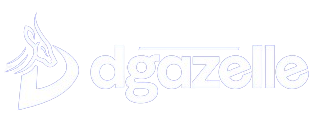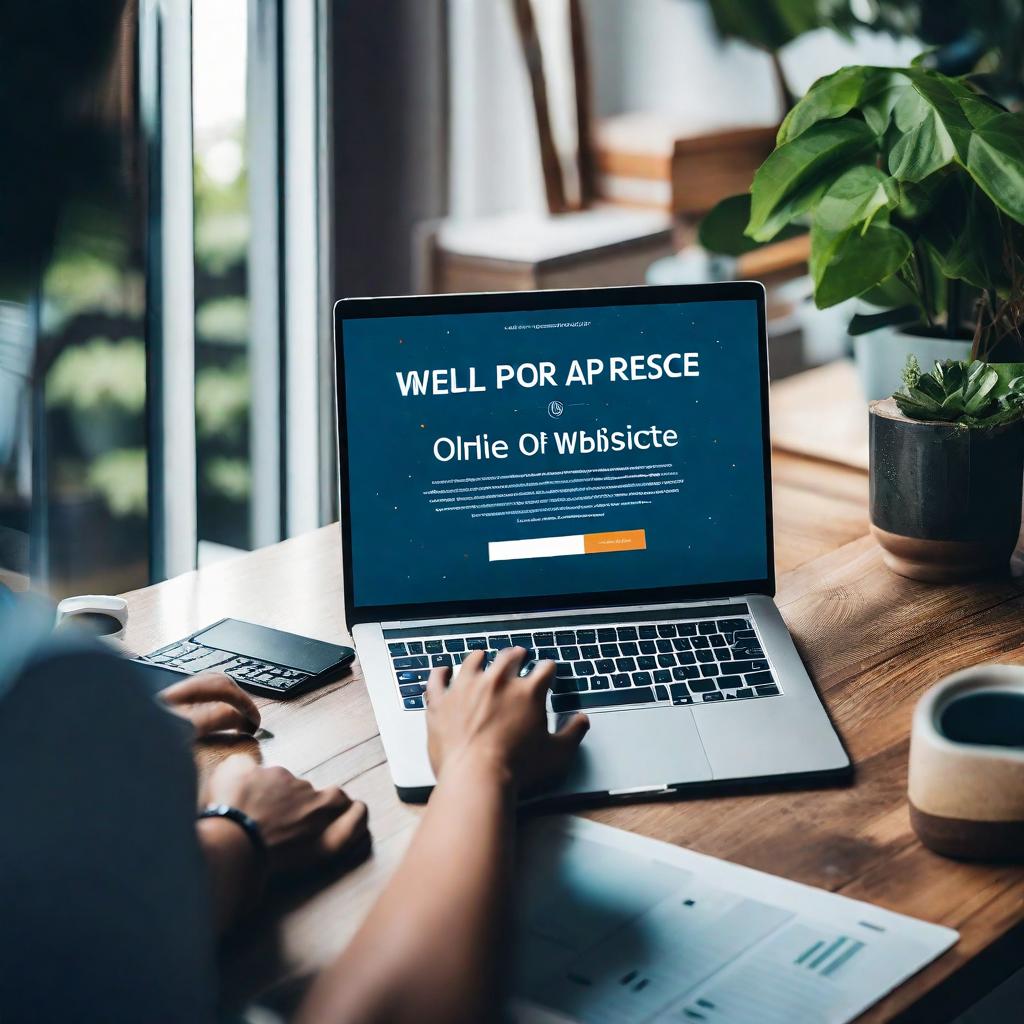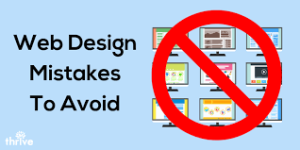Introduction
In the digital age, your online presence can make or break your small to medium-sized enterprise (SME). Potential customers turn to the internet first when seeking products and services, and if you don’t have a well-crafted online presence, you’re missing out on a world of opportunities. Whether you’re a startup or a well-established SME owner, the absence of a website is a problem that can severely impact your business’s growth and success.
But fret not, for in this article, we will unveil the transformative benefits of implementing a well-planned website strategy for SME business owners. By the end of this read, you’ll understand the pivotal role a website plays in your business’s journey.
Enhanced Visibility and Credibility
The digital landscape is akin to a crowded marketplace. To stand out in this ever-evolving digital realm, a well-planned website is your ticket to enhanced visibility and credibility. When potential customers search for your services online, a well-optimized website ensures you’re on their radar. Without it, you remain invisible in a sea of competitors.
A well-designed website gives your SME a professional edge, instilling trust in potential customers. They are more likely to do business with a company that maintains an updated, aesthetically pleasing, and informative online presence. A website communicates that you’re a credible and serious player in your industry.
Accessibility
One of the most significant advantages of having a website is that it never sleeps. Your website is accessible to potential customers round the clock, making it a valuable asset that markets your business even when you’re not working. No other marketing tool provides this level of continuous accessibility.
With a website, you can engage with your audience, answer inquiries, and provide information anytime, anywhere. This convenience greatly enhances customer satisfaction and, consequently, your business’s reputation.

Cost-Effective Marketing
Traditional marketing methods often come with a hefty price tag, making it difficult for SMEs with limited budgets to compete. A well-planned website strategy allows you to market your business effectively without breaking the bank. It is a cost-effective way to reach a global audience.
With tools like search engine optimization (SEO) and social media integration, you can target your audience with precision, ensuring that your marketing efforts are efficient and results-driven. In the long run, the returns on your website investment far exceed its initial cost.
Targeted Marketing
A well-planned website strategy empowers you to employ targeted marketing techniques. Through various analytics and tracking tools, you can gather valuable data on your website visitors, including their demographics, preferences, and behaviors. Armed with this information, you can tailor your marketing strategies to reach your ideal customer base more effectively.
Competitive Advantage
In today’s competitive business landscape, staying ahead of the curve is vital. A well-structured website gives you a competitive edge. Your competitors are likely already online, and if you’re not, you’re falling behind. A website allows you to showcase your unique selling propositions and set yourself apart from the competition.
Having a website that reflects your brand’s personality, values, and strengths can help you stand out in the digital crowd, making it easier for potential customers to choose you over your rivals.
Expanded Market Reach
Gone are the days when SMEs were limited to serving local markets. A well-planned website strategy can catapult your business onto the global stage. With a website, you can reach customers beyond geographical boundaries, enabling you to tap into new markets and unlock untapped potential.
Having a website also makes it easier to explore e-commerce opportunities, diversify your customer base, and take your business to new heights.
Showcasing Your Products and Services
Your website is your digital storefront. It serves as a comprehensive catalog of your products and services. You can showcase your offerings with high-quality images, detailed descriptions, pricing, and customer reviews. This not only informs potential customers but also streamlines their decision-making process.
Moreover, a website can serve as a powerful content marketing platform where you can educate your audience about your products, industry trends, and more, establishing your business as an authority in your field.
Seamless Customer Engagement
A website is a hub for customer engagement. It offers various features like contact forms, chat support, and email integration, which facilitate communication with your audience. This direct line of communication is invaluable for addressing customer inquiries, concerns, and feedback promptly.
Customer engagement through your website creates a sense of community and loyalty, fostering long-term relationships that can lead to repeat business and word-of-mouth recommendations.
Data Analytics for Informed Decisions
A well-planned website strategy is not just about creating a digital presence; it’s about harnessing the power of data. Websites offer a wealth of data on user behavior, conversion rates, and more. This information allows you to make informed decisions, refine your marketing strategies, and continually improve your online presence.
Analyzing website data can help you identify what’s working and what needs adjustment, ensuring that your online strategy remains dynamic and results-driven.
Adaptability and Scalability
As your SME grows, your website can grow with it. It’s highly adaptable and scalable, allowing you to add new features, expand your product or service offerings, or even rebrand your business seamlessly. Your website can evolve in sync with your business, saving you time and resources in the long run.
Conclusion
In today’s digital age, your online presence is a business asset as vital as any other. It can determine your success or failure, especially for SME business owners. The benefits of a well-planned website strategy are numerous and transformative. From enhanced visibility and credibility to 24/7 accessibility and cost-effective marketing, a website offers a plethora of advantages.
But why stop at understanding the benefits? We’re excited to offer you an enticing opportunity to transform your online presence. Our expert team is here to build a compelling website for your SME, tailored to your unique needs and goals. Don’t let your competition steal the spotlight – take action and secure your place in the digital marketplace.







